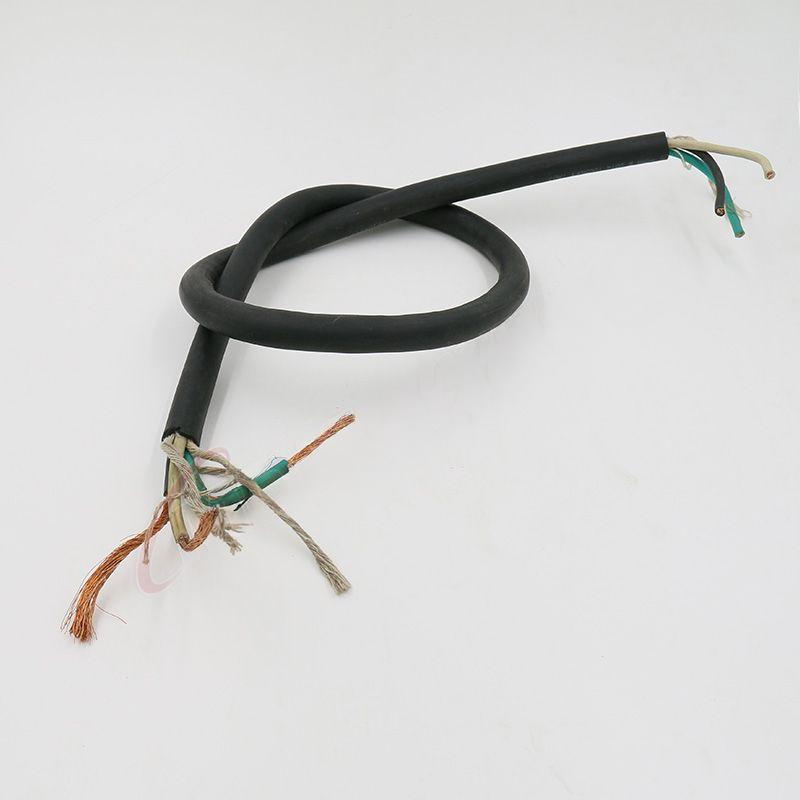Dec . 12, 2024 17:34 Back to list
stainless steel ball check valve
Stainless Steel Ball Check Valves A Comprehensive Overview
Stainless steel ball check valves are essential components in various fluid control systems, designed to prevent backflow and ensure the unidirectional flow of liquids and gases. These valves are favored in many industrial, commercial, and residential applications due to their durability, corrosion resistance, and reliability. This article will explore the functions, benefits, applications, and maintenance of stainless steel ball check valves, providing a comprehensive understanding of this crucial device.
Functionality of Ball Check Valves
At its core, a ball check valve consists of a spherical ball that serves as a sealing mechanism. When fluid flows in the intended direction, the ball moves away from the seat, allowing the passage of the fluid. Conversely, if the flow reverses, the ball is pushed against the seat, creating a tight seal that prevents backflow. This dynamic operation is fundamental in applications where backflow could lead to contamination or system failures.
The design of ball check valves offers several advantages over other types of check valves, such as swing or lift check valves. The primary advantage is the low pressure drop across the valve; due to the streamlined design, fluid can flow with minimal resistance. Additionally, ball check valves provide excellent sealing capabilities, ensuring that no fluid escapes during the closed position.
Advantages of Stainless Steel Ball Check Valves
1. Corrosion Resistance Stainless steel is known for its exceptional resistance to rust and corrosion. This property is crucial in industries like food and beverage, pharmaceuticals, and chemicals, where the valve may be exposed to harsh environments and corrosive substances.
2. Durability The inherent strength of stainless steel ensures long-lasting performance, reducing the need for frequent replacements and repairs. This durability translates into cost savings over time, making stainless steel ball check valves a more economical choice in the long run.
3. High Temperature and Pressure Tolerance Stainless steel can withstand extreme temperature ranges and high-pressure conditions. This makes it ideal for applications in various industries, including oil and gas, water treatment, and power generation.
4. Versatility Stainless steel ball check valves are available in various sizes and configurations, allowing them to be used in a wide range of applications. They can handle both liquid and gas flow, making them suitable for diverse settings.
5. Easy Installation and Maintenance The design of ball check valves allows for straightforward installation. Maintenance is also simplified due to their robust nature; in most cases, only periodic inspections are required.
stainless steel ball check valve

Applications of Stainless Steel Ball Check Valves
Stainless steel ball check valves are employed in numerous industries, including
- Water and Wastewater Treatment To prevent backflow in water treatment plants, protecting the potable water supply from contamination. - Food and Beverage Industry Ensuring hygienic conditions by preventing backflow and contamination of food products. - Oil and Gas In pipelines and processing facilities, these valves play a critical role in maintaining efficient operation and preventing leaks. - Pharmaceuticals In drug manufacturing and distribution, stainless steel valves are used to meet stringent hygiene and safety standards. - HVAC Systems In heating and cooling systems, they help maintain the efficiency of fluid transport.
Maintenance of Stainless Steel Ball Check Valves
Although stainless steel ball check valves require minimal maintenance, regular inspections are essential to ensure optimal performance. Here are some best practices for maintenance
1. Regular Inspection Periodically check for any signs of wear or corrosion. Inspect the sealing surfaces, as any damage could lead to leaks.
2. Cleaning Depending on the application, the valve may need periodic cleaning to remove any build-up of residue or contaminants.
3. Functionality Testing Regularly test the valve to ensure it opens and closes correctly under normal operating conditions.
4. Replace Worn Parts If any components show significant wear, replace them promptly to avoid system failure.
In conclusion, stainless steel ball check valves are vital components in many fluid systems, offering reliable performance and durability. Their ability to prevent backflow while maintaining low pressure drops makes them indispensable in various industries. Understanding their functions, advantages, and maintenance requirements can lead to better operational efficiency and longevity in fluid management systems.
Share